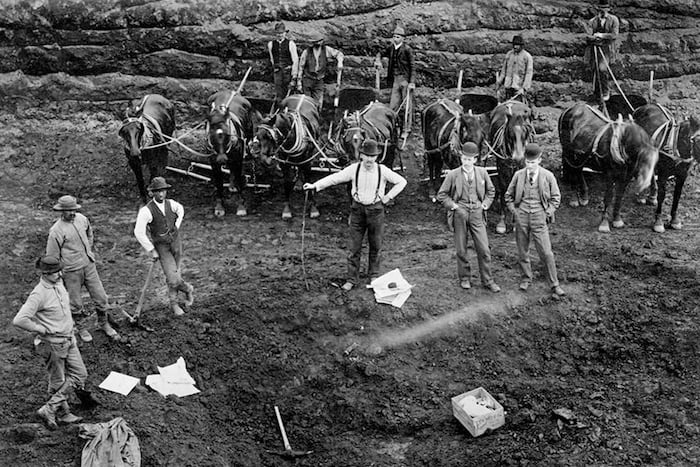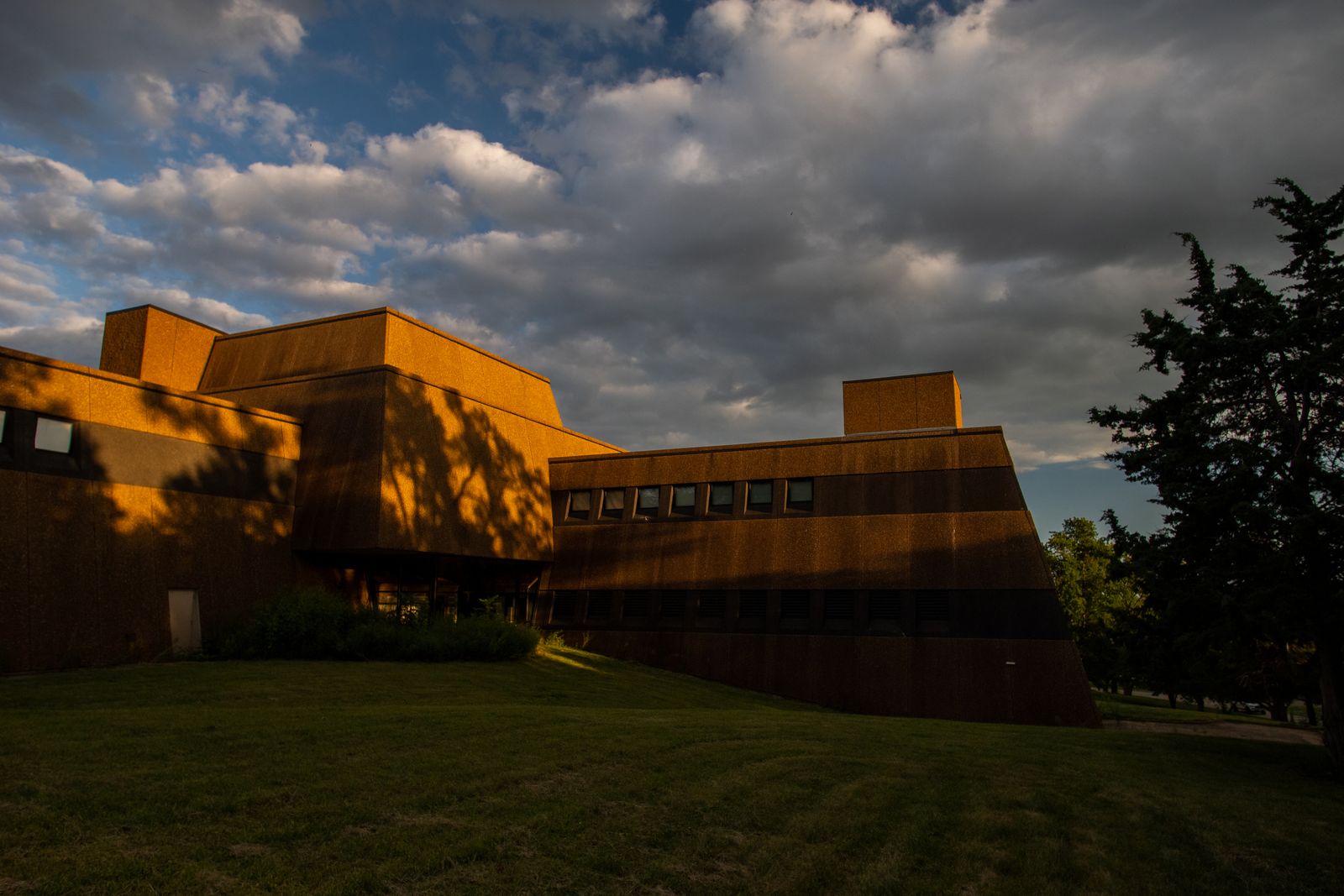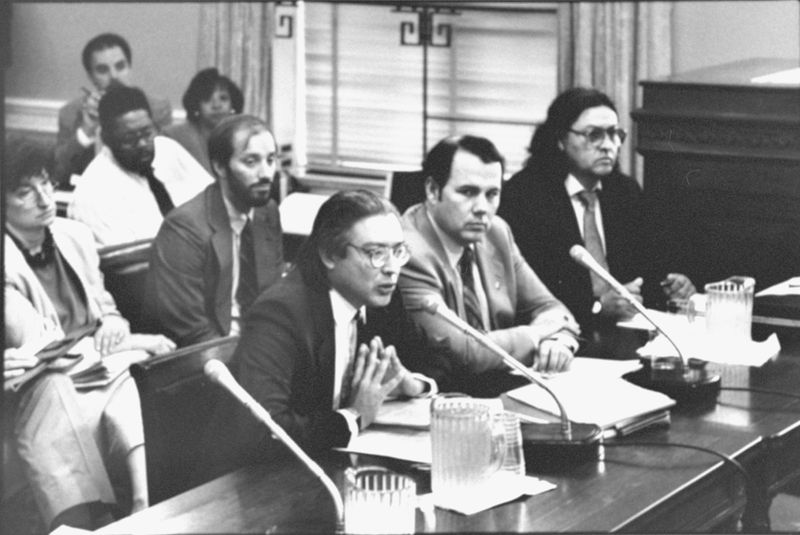Montana
Institutions reported making 68% of the more than 200 Native American remains taken from Montana available for return to tribes under NAGPRA.
There are seven institutions located in Montana that reported Native American remains taken from across the country.
| Institution | Remains Not Made Available for Return | Remains Made Available for Return | % of Remains Made Available for Return |
|---|---|---|---|
| University of Montana | 25 | 46 | 65% |
| U.S. Department of the Interior | 18 | 6 | 25% |
| Montana Historical Society | 16 | 0 | 0% |
| Montana State University, Bozeman, Department of Sociology | 11 | 0 | 0% |
| Montana State University, Museum of the Rockies | 11 | 7 | 39% |
| U.S. Department of Agriculture | 1 | 3 | 75% |
| Carter County Museum | 0 | 15 | 100% |
There are 32 institutions that reported Native American remains taken from Montana.
| Institution | Remains Not Made Available for Return | Remains Made Available for Return | % of Remains Made Available for Return |
|---|---|---|---|
| American Museum of Natural History | 11 | 3 | 21% |
| Montana State University, Museum of the Rockies | 9 | 7 | 44% |
| Montana Historical Society | 8 | 0 | 0% |
| U.S. Department of the Interior | 8 | 19 | 70% |
| Montana State University, Bozeman, Department of Sociology | 6 | 0 | 0% |
| University of Montana | 6 | 42 | 88% |
| University of Wyoming | 6 | 3 | 33% |
| University of Tennessee, Knoxville | 3 | 0 | 0% |
| Field Museum | 2 | 8 | 80% |
| Carnegie Museum of Natural History | 1 | 5 | 83% |
| Columbia College, Yosemite Community College District | 1 | 0 | 0% |
| Kalamazoo Valley Museum | 1 | 0 | 0% |
| New York State Museum | 1 | 0 | 0% |
| U.S. Department of Defense | 1 | 3 | 75% |
| University of Kansas | 1 | 0 | 0% |
| Buffalo Bill Center of the West | 0 | 1 | 100% |
| Carter County Museum | 0 | 14 | 100% |
| Denver Museum of Nature and Science | 0 | 1 | 100% |
| Illinois State Museum | 0 | 1 | 100% |
| Madison County Historical Society | 0 | 1 | 100% |
| Minnesota Indian Affairs Council | 0 | 2 | 100% |
| Missouri Historical Society | 0 | 1 | 100% |
| Mutter Museum, College of Physicians of Philadelphia | 0 | 1 | 100% |
| Ohio History Connection (formerly the Ohio Historical Society) | 0 | 1 | 100% |
| Santa Barbara Museum of Natural History | 0 | 1 | 100% |
| South Dakota State Historical Society, State Archaeological Research Center | 0 | 2 | 100% |
| U.S. Department of Agriculture | 0 | 3 | 100% |
| Univ. of North Dakota | 0 | 1 | 100% |
| University of Colorado Museum | 0 | 7 | 100% |
| University of Idaho, Alfred W. Bowers Laboratory of Anthropology | 0 | 6 | 100% |
| Utah Department of Natural Resources | 0 | 1 | 100% |
| Wistar Institute | 0 | 2 | 100% |
Institutions made Native American remains taken from Montana available for return to 39 tribes.
| Tribe | Remains Made Available for Return to Tribe |
|---|---|
| Crow Tribe of Montana | 60 |
| Confederated Salish and Kootenai Tribes of the Flathead Reservation | 34 |
| Assiniboine and Sioux Tribes of the Fort Peck Indian Reservation, Montana | 28 |
| Fort Belknap Indian Community of the Fort Belknap Reservation of Montana | 27 |
| Blackfeet Tribe of the Blackfeet Indian Reservation of Montana | 24 |
| Three Affiliated Tribes of the Fort Berthold Reservation, North Dakota | 23 |
| Oglala Sioux Tribe | 19 |
| Rosebud Sioux Tribe of the Rosebud Indian Reservation, South Dakota | 19 |
| Cheyenne River Sioux Tribe of the Cheyenne River Reservation, South Dakota | 18 |
| Crow Creek Sioux Tribe of the Crow Creek Reservation, South Dakota | 18 |
| Flandreau Santee Sioux Tribe of South Dakota | 18 |
| Lower Brule Sioux Tribe of the Lower Brule Reservation, South Dakota | 18 |
| Standing Rock Sioux Tribe of North and South Dakota | 18 |
| Yankton Sioux Tribe of South Dakota | 18 |
| Lower Sioux Indian Community in the State of Minnesota | 17 |
| Northern Arapaho Tribe of the Wind River Reservation, Wyoming | 17 |
| Prairie Island Indian Community in the State of Minnesota | 17 |
| Sisseton-Wahpeton Oyate of the Lake Traverse Reservation, South Dakota | 17 |
| Spirit Lake Tribe, North Dakota | 17 |
| Upper Sioux Community, Minnesota | 17 |
| Shakopee Mdewakanton Sioux Community of Minnesota | 16 |
| Santee Sioux Nation, Nebraska | 15 |
| Northern Cheyenne Tribe of the Northern Cheyenne Indian Reservation, Montana | 7 |
| Nez Perce Tribe | 3 |
| Shoshone-Bannock Tribes of the Fort Hall Reservation | 3 |
| Cheyenne and Arapaho Tribes, Oklahoma | 2 |
| Chippewa Cree Indians of the Rocky Boy's Reservation, Montana | 2 |
| Confederated Tribes of the Colville Reservation | 2 |
| Confederated Tribes of the Umatilla Indian Reservation | 1 |
| Eastern Shoshone Tribe of the Wind River Reservation, Wyoming | 1 |
| Iowa Tribe of Oklahoma | 1 |
| Lineal Descendant | 1 |
| Little Shell Tribe of Chippewa Indians of Montana | 1 |
| Omaha Tribe of Nebraska | 1 |
| Otoe-Missouria Tribe of Indians, Oklahoma | 1 |
| Red Lake Band of Chippewa Indians, Minnesota | 1 |
| Sac and Fox Tribe of the Mississippi in Iowa | 1 |
| Spokane Tribe of the Spokane Reservation | 1 |
| Turtle Mountain Band of Chippewa Indians of North Dakota | 1 |
Institutions reported Native American remains taken from 31 counties in Montana.
| County | Remains Taken From County Not Made Available for Return | Remains Made Available for Return | % of Remains Made Available for Return |
|---|---|---|---|
| Yellowstone County | 7 | 28 | 80% |
| Carbon County | 6 | 2 | 25% |
| Big Horn County | 3 | 15 | 83% |
| Hill County | 3 | 0 | 0% |
| Park County | 3 | 7 | 70% |
| Teton County | 3 | 0 | 0% |
| Chouteau County | 2 | 1 | 33% |
| Custer County | 2 | 1 | 33% |
| Garfield County | 2 | 0 | 0% |
| Madison County | 2 | 0 | 0% |
| Phillips County | 2 | 0 | 0% |
| Fergus County | 1 | 0 | 0% |
| Gallatin County | 1 | 1 | 50% |
| Granite County | 1 | 0 | 0% |
| Jefferson County | 1 | 0 | 0% |
| Petroleum County | 1 | 0 | 0% |
| Richland County | 1 | 0 | 0% |
| Rosebud County | 1 | 0 | 0% |
| Sheridan County | 1 | 0 | 0% |
| Wibaux County | 1 | 0 | 0% |
| Beaverhead County | 0 | 2 | 100% |
| Carter County | 0 | 13 | 100% |
| Fallon County | 0 | 1 | 100% |
| Glacier County | 0 | 6 | 100% |
| Lake County | 0 | 5 | 100% |
| Lincoln County | 0 | 3 | 100% |
| Meagher County | 0 | 7 | 100% |
| Missoula County | 0 | 5 | 100% |
| Powell County | 0 | 2 | 100% |
| Roosevelt County | 0 | 10 | 100% |
| Sanders County | 0 | 2 | 100% |
Know how an institution is handling repatriation? Have a personal story to share? We'd like to hear from you.
Watch an informational webinar with our reporters.
This tool presents a dataset maintained by the National Park Service containing all the Native American human remains and associated funerary objects that institutions have reported to the federal government under the Native American Graves Protection and Repatriation Act. The dataset includes information about the state and county where remains and objects were taken from, which institutions hold them and whether they have been made available for return to tribes.
The data is self-reported by institutions. The amount of unrepatriated Native American remains reported by institutions is a minimum estimate of individuals and institutions frequently adjust these numbers when they reinventory groups of remains. Some institutions that are subject to NAGPRA have also entirely failed to report the remains in their possession. As a result, the numbers provided are best taken as estimates. The actual number and geographic scope of what’s held by publicly funded institutions is larger than what is presently documented.
ProPublica supplemented this dataset with information about cultural affiliation and disposition to specific tribes by systematically parsing the text of Notices of Inventory Completion published in the Federal Register. An additional dataset from the Department of Housing and Urban Development, the Tribal Directory Assessment Tool, was used for the section on remains not made available for return from counties that each tribe has indicated interest in to the federal government.
Institution location and tribal headquarters location information was provided by National NAGPRA. The location of some groups that are not federally recognized was provided through research by ProPublica.
Institutions that are part of a larger entity are grouped. (For example, the Mesa Verde National Park is part of the U.S. Department of the Interior.)
Institutions that have not submitted information to the federal government are not listed. The Smithsonian Institution is not listed because its repatriation process falls under the National Museum of the American Indian Act and it is not required to publicly report its holdings with the same detail as institutions subject to NAGPRA.
If you work for an institution and would like to provide comment on your institution’s repatriation efforts, please email [email protected]. If you think the data is incorrect or have a data request, please get in touch. We are aware of some issues with the accuracy of location information and tribes mistakenly being identified for disposition of Native American remains in published notices.
If you want to share something else with ProPublica, we’d like to hear from you.
If you have questions about implementing or complying with the Native American Graves Protection and Repatriation Act, get in touch with National NAGPRA or the NAGPRA Community of Practice.
We use the word “tribes” to refer to all groups that institutions made Native American remains available to under NAGPRA. This includes tribes, nations, bands, pueblos, communities, Native Alaskan villages, Native Hawaiian organizations and non-federally recognized groups.
Data sources from Department of the Interior, National Park Service, National NAGPRA Program, the Federal Register, Department of Housing and Development, Tribal Directory Assessment Tool


